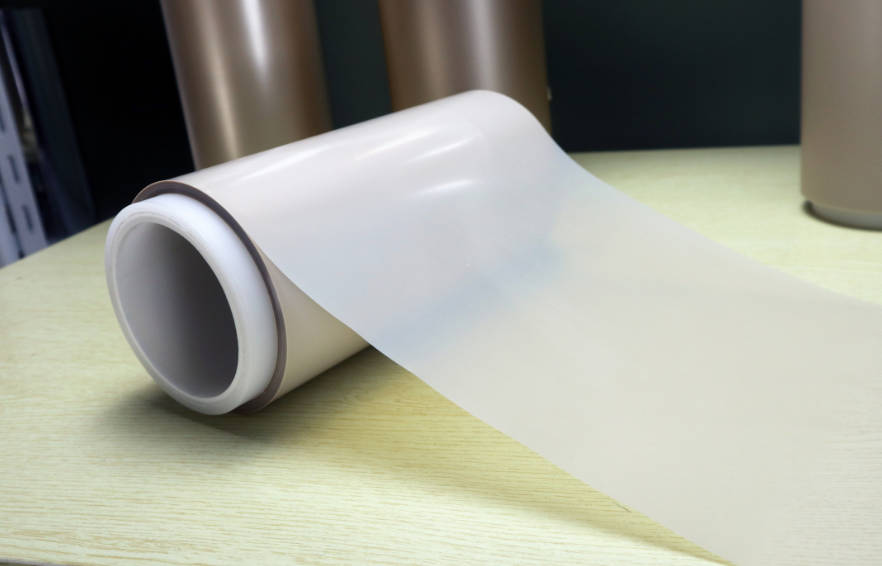BETTER TOUCH BETTER BUSINESS
Contact Sales at FURUI.
In today's competitive manufacturing landscape, the choice of materials can significantly impact both performance and cost. One material that has gained considerable attention is PEEK Film (Polyether Ether Ketone Film). Known for its exceptional properties, PEEK Film is widely used across various industries, including aerospace, medical devices, and automotive applications. Understanding the cost implications of using PEEK Film is crucial for potential buyers, as it can influence not only initial purchasing decisions but also long-term operational expenses. PEEK Film is a high-performance thermoplastic known for its unique combination of mechanical strength, chemical resistance, and thermal stability. This material can withstand extreme temperatures and harsh chemicals, making it ideal for demanding applications. The properties of PEEK Film include: High Temperature Resistance: Capable of performing in environments up to 260°C (500°F). Chemical Resistance: Resistant to a wide range of solvents and chemicals. Mechanical Strength: Excellent tensile strength and dimensional stability. These attributes make PEEK Film a preferred choice for manufacturers looking to enhance product performance and durability. When considering the purchase of PEEK Film, one must first evaluate the initial costs. Generally, PEEK Film tends to be more expensive than other materials such as PET (Polyethylene Terephthalate) or PTFE (Polytetrafluoroethylene). The factors influencing the initial purchase price include: Supplier Variability: Different PEEK Film manufacturers may offer varying prices based on their production capabilities and quality standards. Quantity Ordered: Bulk purchases often lead to discounts, which can significantly affect the overall cost. Film Thickness: Thicker films may incur higher costs due to increased material usage. While the upfront investment in PEEK Film may be higher than alternatives, it is essential to consider the broader financial picture. One of the most compelling reasons to invest in PEEK Film is its durability. Unlike many traditional materials that may require frequent replacement, PEEK Film boasts a long lifespan. This longevity translates into reduced replacement frequency, leading to significant cost savings over time. For instance, in aerospace applications where weight reduction is critical, using lightweight yet durable materials like PEEK Film can enhance fuel efficiency and reduce operational costs. In addition to its durability, PEEK Film requires minimal maintenance compared to other materials. This reduction in maintenance needs can lead to lower operational costs and less downtime for manufacturers. For example, components made from PEEK Film can often operate without regular servicing, which is particularly advantageous in high-demand environments such as medical devices or industrial machinery. The performance characteristics of PEEK Film can also lead to substantial cost savings: Reduced Energy Consumption: In applications where heat resistance is vital, using PEEK Film can minimize energy loss, thereby reducing overall energy costs. Enhanced Reliability: The superior mechanical properties of PEEK Film result in fewer failures and lower warranty claims. This reliability not only saves money but also enhances customer satisfaction. By choosing a high-performance material like PEEK Film, manufacturers can improve their bottom line through increased efficiency and reduced operational risks. In the aerospace sector, weight reduction is paramount. Using PEEK Film in components can lead to significant savings in fuel costs over the lifetime of an aircraft. The initial investment in PEEK Film may be offset by these long-term savings. For medical device manufacturers, compliance with stringent regulatory standards is essential. PEEK Film’s biocompatibility and resistance to sterilization processes make it an ideal choice for medical applications. While the initial cost may be higher, the assurance of compliance can save manufacturers from costly fines or product recalls. In automotive manufacturing, lightweight components made from PEEK Film contribute to improved fuel efficiency and reduced emissions. The investment in high-quality materials like those from a reputable PEEK Film factory can lead to significant long-term savings through enhanced vehicle performance. When evaluating the total cost of using PEEK Film, supply chain factors must also be considered. The sourcing and logistics involved in procuring high-quality PEEK Film can impact overall expenses: Market Demand Fluctuations: Prices for raw materials can fluctuate based on market demand, affecting procurement costs. Supplier Reliability: Establishing relationships with reliable PEEK Film manufacturers ensures consistent supply and pricing stability. Understanding these elements allows buyers to make informed decisions regarding their purchasing strategies. In conclusion, while the initial costs associated with purchasing PEEK Film may be higher than those of alternative materials, the long-term benefits often outweigh these expenses. From durability and low maintenance requirements to enhanced performance efficiency across various industries, investing in PEEK Film presents a compelling value proposition for manufacturers.Introduction
1. Understanding PEEK Film
2. Initial Cost Considerations
3. Long-Term Cost Benefits
Durability and Longevity
Maintenance Costs
4. Performance Efficiency
5. Industry-Specific Cost Implications
Aerospace
Medical Devices

Automotive
6. Supply Chain Considerations
Conclusion
Copyright © 2025 Guangzhou Furui New Material Technology Co., Ltd.| All Rights Reserved